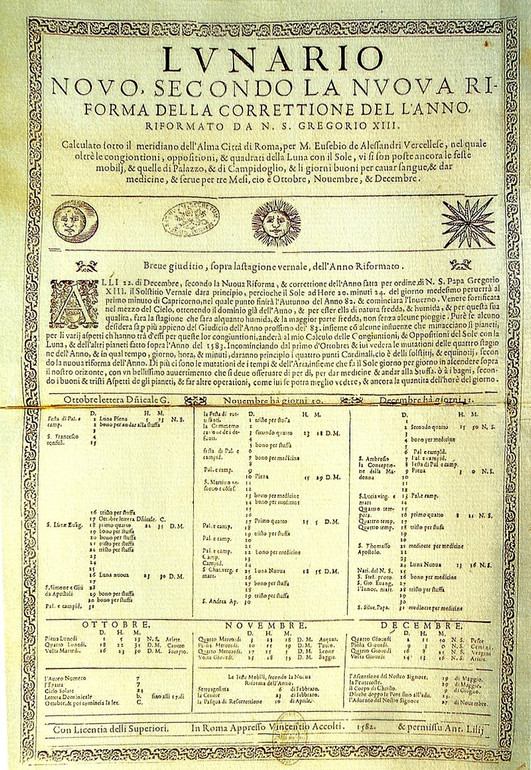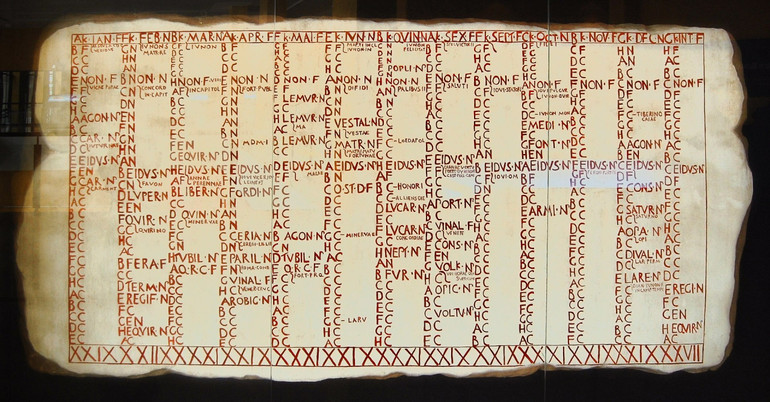What is a leap year and why is it needed?
[ad_1]
What is a leap year and why is it needed?
Marvin Samuel Tolentino Pineda/Getty Images
February 29 is the rarest of all possible dates. Once every four years, it lengthens the shortest month of the calendar and postpones spring for a very short time.
Only in a leap year, February lasts 29 days.
Why is there a leap year, how did it appear and what would happen without it? Live Science, The Washington Post and NASA’s Jet Propulsion Laboratory report.
What is a leap year?
Imagine: you have always looked forward to the summer heat in June, but as the years go by, this month starts to get colder very gradually. In 700 years, your distant descendants would be able to see another June – winter.
Such a situation would have been possible if astronomers had not introduced leap years, which have not 365, but 366 days.
Almost every year whose serial number is divisible by four is a leap year, including 2024.
Starting in March, in the Gregorian calendar, each leap year date moves forward by two days of the week compared to the previous year. For example, March 1, 2022 fell on Tuesday, in 2023 – on Wednesday, but in 2024 it will already be on Friday.
The Gregorian calendar also has several leap seconds that are added to certain years from time to time. The last time this happened was in 2012, 2015 and 2016. However, the International Bureau of Weights and Measures (IBWM), responsible for global timekeeping, will abolish leap seconds from 2035.
Other calendars, including the Jewish, Islamic, Chinese, and Ethiopian calendars, also have their own versions of leap years. Some of them even contain multiple leap days or shortened leap months.

The first printed Gregorian calendar
Wikipedia
Why are leap years necessary?
A year in the Gregorian calendar is slightly shorter than the time it takes for the Earth to make a complete revolution around the Sun. It takes our planet 365 days, 5 hours, 48 minutes and 56 seconds.
If humanity did not take this difference into account, the gap between the calendar year and the solar year would constantly increase. Over time, this would shift the seasons.
Therefore, February 29 is the accumulated totality of the difference between calendar and solar years.
However, even this scheme cannot be called perfect, because every four years we get about 44 additional minutes or a whole day once every 129 years. To solve this problem, in most centuries the leap year is skipped. The exception is those that are divided into 400 – 1600 and 2000 years.
However, even then there is a slight difference between calendar and solar years, which is why IBWM is experimenting with leap seconds.
In 2020, two scientists proposed to end leap years with a 364-day calendar. Such a year would always begin on Monday. Instead of leap years, scientists suggested adding an extra week to the calendar every five to six years, in which you could “have fun.”

The Earth revolves around the Sun in 365 days, 5 hours, 48 minutes and 56 seconds
When did leap years appear?
The idea of introducing leap years appeared in 46 BC – together with the Julian calendar, introduced by the ancient Roman emperor Julius Caesar.
It consisted of 365 days divided into 12 months. This calendar contained leap years every four years without exception.
In the middle of the 16th century, astronomers noticed that the seasons begin about 10 days earlier. To correct this, Pope Gregory XIII introduced the Gregorian calendar in 1582. It was the same as the Julian except for leap years for centenary dates.
Why was February 29 chosen as an additional day?
In the 8th century BC, the Roman calendar consisted of 10 months – 304 days. It started in March and ended in December. The Romans ignored the cold season.
Over time, January and February were added to the end of the religious year. February was the last, so it had the fewest days. Over time, the Romans began to associate these months with the beginning of the calendar year. And even before 450 BC, January was considered the first month of the new year.
When the Gregorian calendar was created, Pope Gregory XIII chose February for the extra day because it was still the shortest. So he slightly lengthened it.

Roman calendar
Wikipedia
Which next years will be leap years?
The following leap years include 2028 and 2032. After that, the four-year periodicity is maintained.
The closest exception to the rule is the year 2100. He will not be high-spirited.
[ad_2]
Original Source Link











